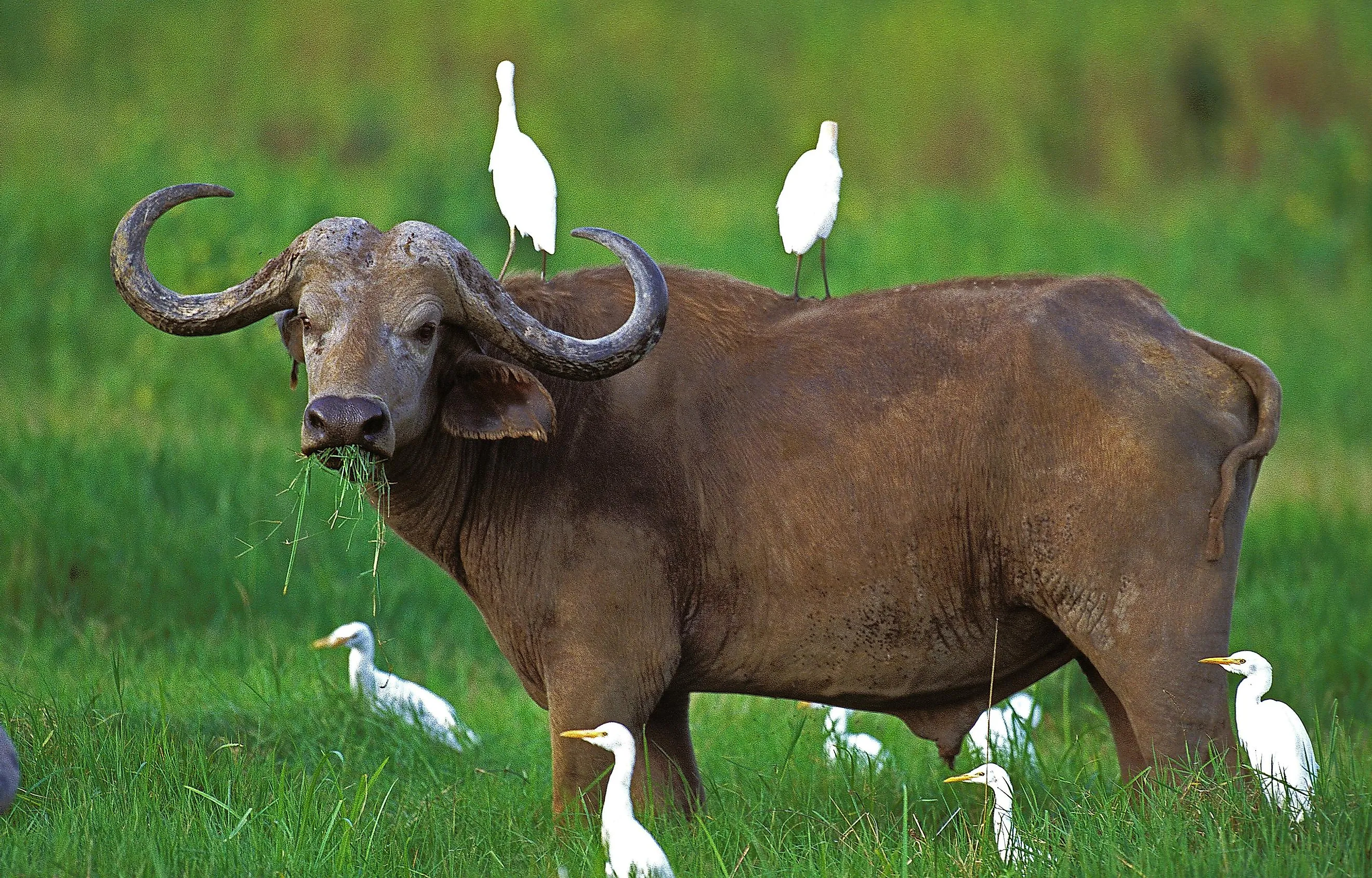
10 Examples Of Commensalism In Nature
Commensalism represents an interaction in which one species benefits while the other remains unharmed. Pierre-Joseph van Beneden, a Belgian zoologist, was the first to describe this type of relationship, focusing on scavengers trailing predators to eat the remains of their kill. Commensalism does fall under the umbrella of a symbiotic relationship, even though symbiosis typically results in benefits for both parties, not just one. There are four recognized forms of commensalism:
- Inquilinism: An organism uses another for housing, such as a bird nesting in a tree's hollow.
- Metabiosis: One species indirectly benefits from the activities of another that has died, like hermit crabs that use empty snail shells for shelter.
- Phoresy: This involves one organism hitching a ride on another, like millipedes that travel on birds.
- Microbiota: Bacteria living on human skin exemplify this type, contributing to a complex mini-ecosystem without harming the host.
Orchids Growing On Branches
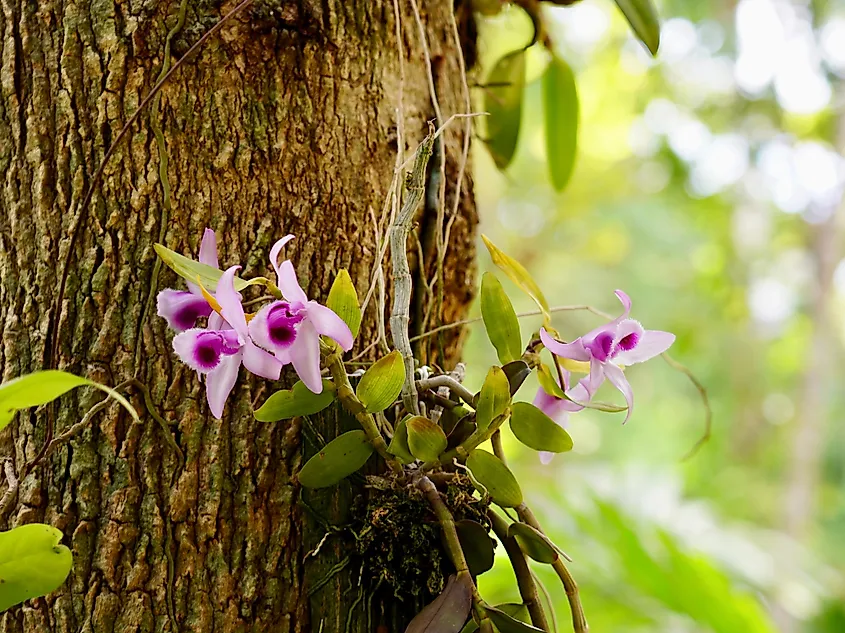
The family Orchidaceae, commonly referred to as orchids, includes a variety of plant species that typically reside on the trunks and limbs of other trees. These organisms live in the dense, humid environments of tropical rainforests. Orchids secure themselves to the surfaces of trees, utilizing the elevated position to access sunlight, which is crucial for their photosynthetic needs. These plants are not known to grow to sizes that would burden their arboreal hosts (trees). Instead, they are relatively small and impose no detrimental effects on the tree. The mechanism of nutrient absorption in orchids is not parasitic; they synthesize their food utilizing sunlight and procure moisture and minor mineral nutrients from rainwater and detritus accumulating on the tree surfaces. Conversely, the trees on which they reside receive no discernible advantage from the presence of the orchids, thus defining a clear case of commensalism where one organism benefits while the other remains unaffected.
Livestock And Cattle Egrets
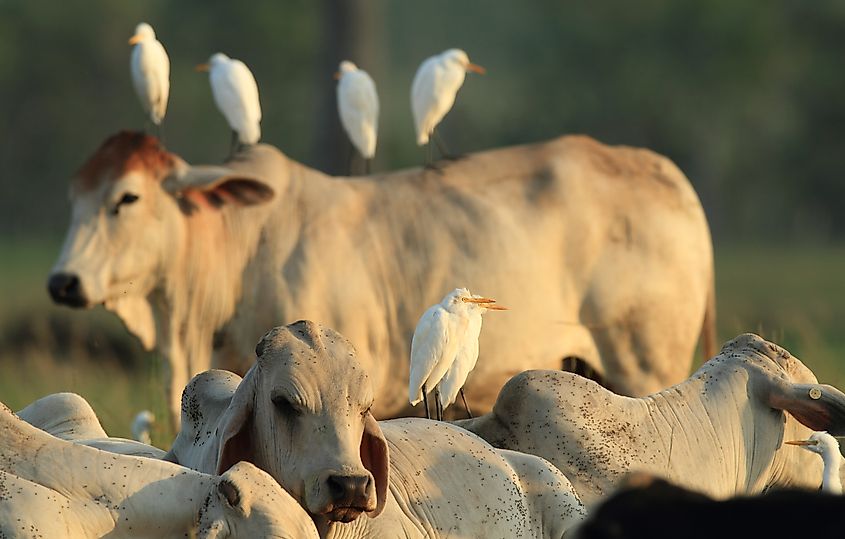
The relationship between bovines, which include domestic cattle, and the Bubulcus ibis, known as cattle egrets, exemplifies a classical model of commensalism. Cattle egrets belonging to the heron family often accompany bovine herds. This proximity to livestock is not for grooming or extracting ectoparasites as initially assumed; instead, these birds capitalize on the insects that become dislodged and visible as the larger animals graze. As the livestock moves through grasslands, their movement flushes out various insects from their hiding places, making them accessible to the egrets. Furthermore, these birds may also perch atop cattle to conserve energy during movement, taking advantage of a mobile vantage point without impeding the cattle. The lightweight and small size of the egrets ensures that this riding behavior does not inconvenience their bovine transporters.
Sharks And Remora Fish
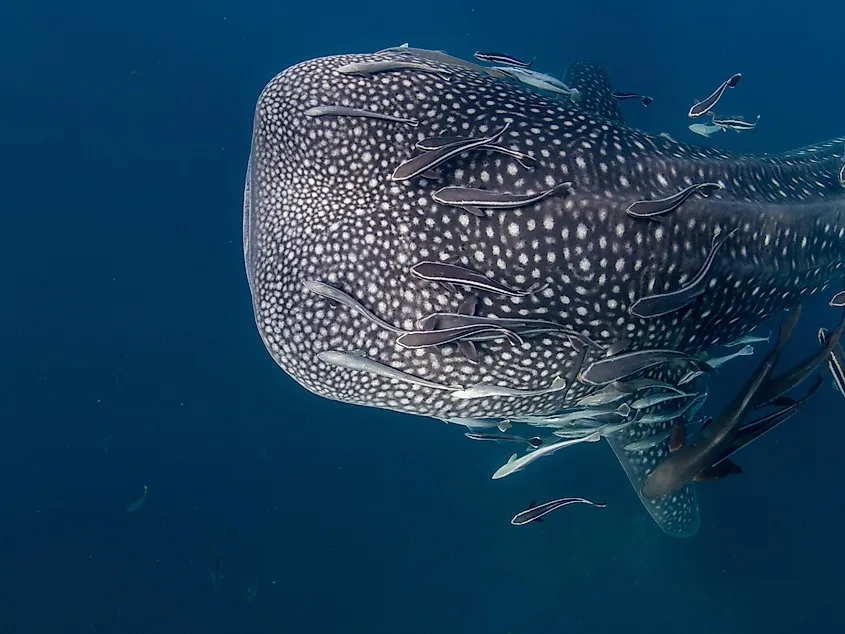
Remoras, also known as suckerfish or Echeneidae, are small marine fish species growing to a maximum length of close to one meter. These fish are part of the larger class of ray-finned species known for their evolutionary adaptations. They exhibit a notable adaptation in the form of a modified dorsal fin that functions as an adhesive disc. This disc enables them to affix themselves to larger marine animals, such as sharks, sea turtles, and cetaceans. The remora's relationship with its host is primarily for navigational ease, allowing it to enjoy transport without exerting much energy. They are also safe from potential threats by the sheer size and demeanor of their hosts. In addition, remoras feed on food scraps left by these larger animals, particularly sharks, thus gaining nourishment from their host's feeding habits. This interaction results in a negligible impact on the host, as the remora's small body and feeding behavior do not inconvenience the larger creature.
Beetles And Pseudoscorpions
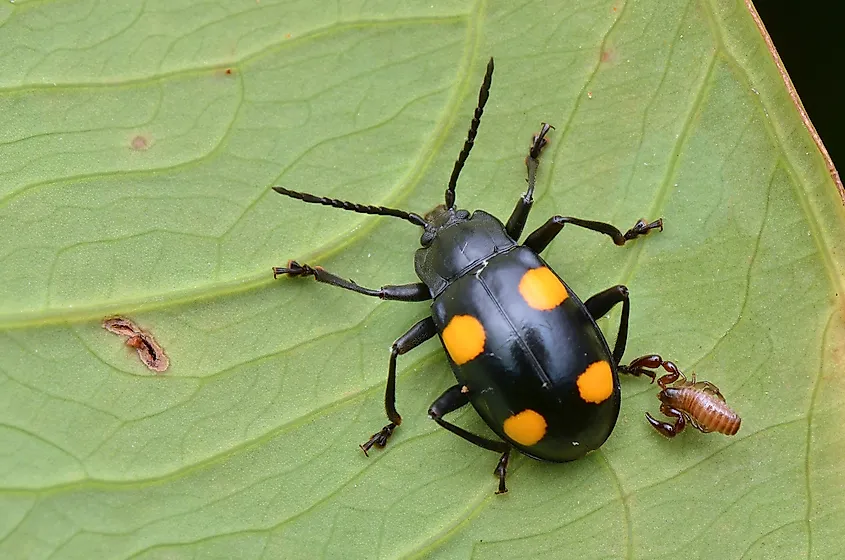
A prime example of commensal relationships is pseudoscorpions, which resemble their namesake, 'scorpions,' but these are not actual scorpions. With a length of approximately 12 millimeters, these arachnids do not possess venomous stingers. Their adaptive strategy involves finding refuge and mobility by attaching themselves to larger insects. Commonly, they are observed beneath the elytra (hardened forewings) of beetles or among the plumage of various mammalian species. The advantage for the pseudoscorpions is twofold: they enjoy a degree of safety from environmental hazards and predators, and they achieve a wider distribution than they could manage on their own. Their presence is largely unnoticed by their beetle hosts, as pseudoscorpions are minuscule and neither extract resources from nor impart any known benefit to them.
Birds And Army Ants
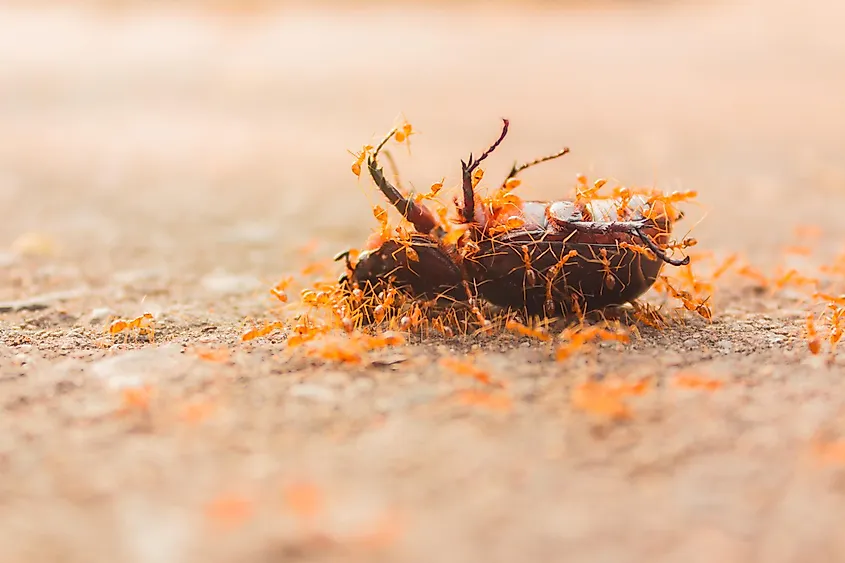
A further illustration of commensalism is the interaction between certain bird species and army ants. This relationship is noteworthy due to the predatory capabilities of both parties. Rather than preying on the ants, the birds follow the swarms to capitalize on the invertebrates fleeing the ants' path. As army ants advance through the forest understory, they flush out various insects and small animals, which become easy targets for the avian followers. This phenomenon is advantageous for the birds, facilitating easier hunting without the exertion of chasing down their prey. Conversely, the army ants continue their march and feed unabated, unaffected by the presence of the birds. Despite the potential for harm, birds refrain from consuming the ants, likely due to the ants' formidable defense mechanisms, including a painful bite and chemical deterrents.
Burdock Seeds On Animals
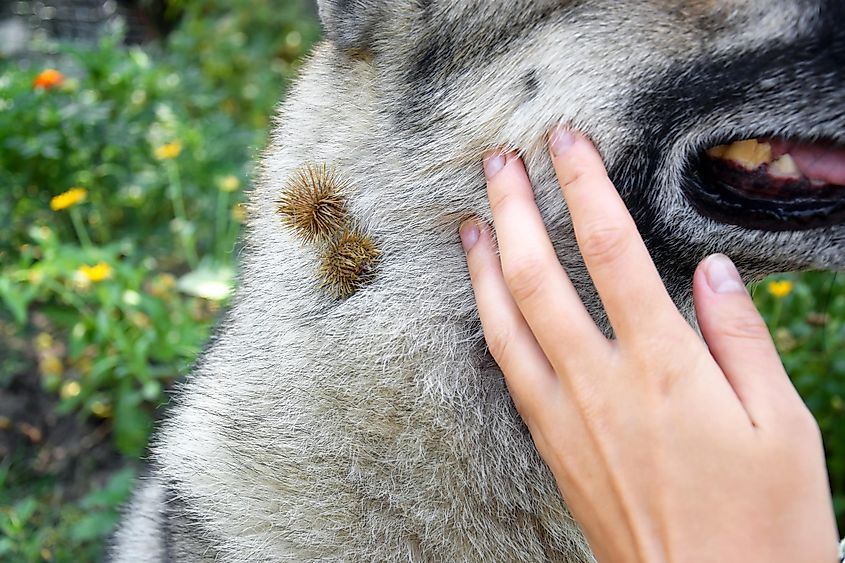
In the plant kingdom, an array of dispersal mechanisms has evolved to aid in the spread of progeny. Specifically, the burdock plant, typically found in less disturbed areas such as roadsides, exhibits a remarkable adaptation for seed dispersal. These plants produce seeds that come equipped with elongated, curved spines. These spines have evolved to efficiently latch onto the fur of passing animals without causing them harm. The burdock seeds are so lightweight that their presence is virtually undetectable to the animal carriers, ensuring the hosts carry them over great distances without inconvenience. This mechanism allows for the distribution of burdock seeds across a wide geographical area, facilitating the success of the burdock plant. Notably, the design of these spines is such that they do not penetrate the animal's skin, which would otherwise cause injury or distress to the animals and potentially disrupt this symbiotic relationship.
Whales And Barnacles
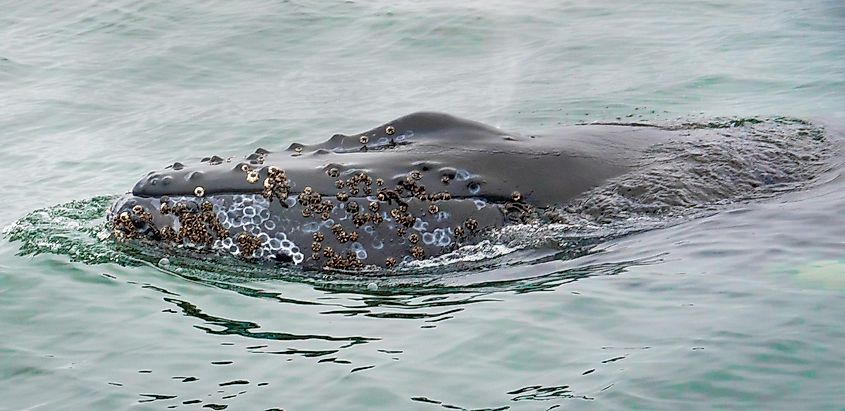
Barnacles, which belong to the class of crustaceans, go through a cycle that necessitates a stationary phase. During their larval development, they seek out and adhere to surfaces that offer them a chance at survival and growth. Marine mammals such as whales often become unwitting hosts to these organisms. As the whales journey through the oceans, the barnacles affixed to their skin benefit from a mobile existence that they could not achieve on their own. This arrangement allows barnacles access to a broader feeding range and a steady stream of plankton-rich waters, courtesy of their host's movement through various marine environments. Notably, the barnacles do not damage the whales because they do not consume the whale's tissue or blood. Instead, they filter feed on microscopic particles in the water, and their presence does not detract from the whale's health or well-being.
Sea Cucumbers And Emperor Shrimp
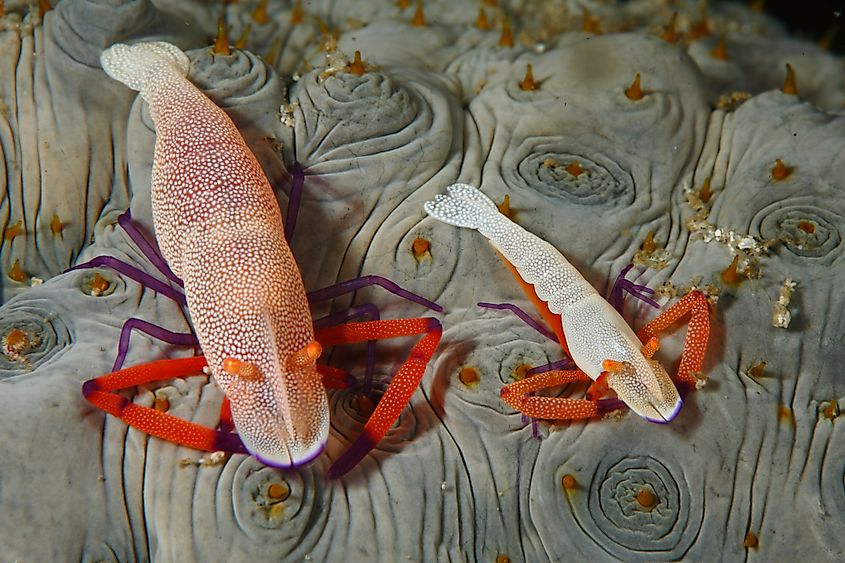
In the marine realm of the Indo-Pacific, a remarkable example of commensalism occurs in the relationship between sea cucumbers and emperor shrimp. These tiny crustaceans seek out sea cucumbers and attach themselves to gain several advantages. As sea cucumbers move across the ocean floor, they afford the emperor shrimp protection from the many predators that prowl these waters. The shrimp conserves vital energy by utilizing the sea cucumber for locomotion. This mobile refuge allows the shrimp to detach at will to forage for food, after which it can return to the same host or find another. The emperor shrimp's diminutive size and light weight mean that it has an insignificant impact on the sea cucumber's ability to move or feed, maintaining a delicate balance in which the shrimp receives the benefits of transportation and safety without impeding its host.
Caribou And Arctic Fox
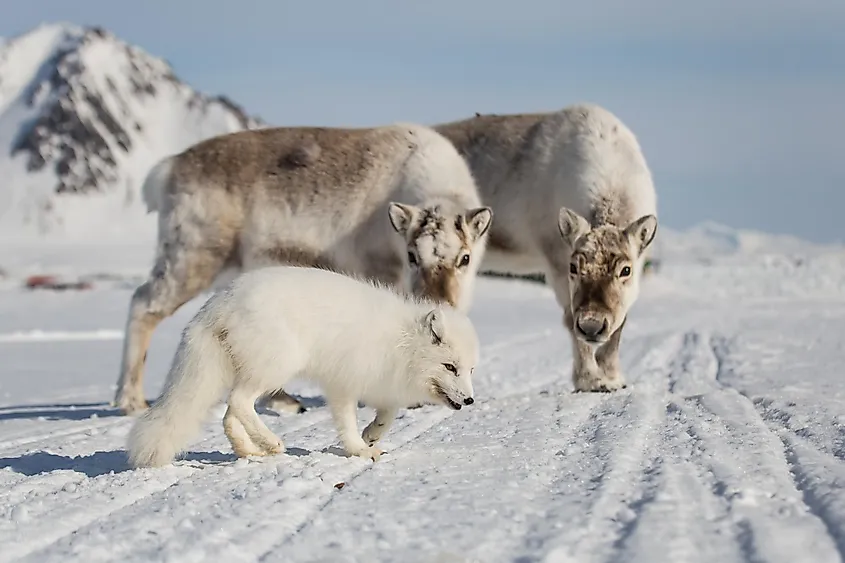
The symbiotic relationship observed between caribou and the Arctic fox is another illustrative example of commensalism within the harsh environments of the tundra biome. The Arctic fox, a small omnivorous mammal well-adapted to cold climates, often follows the caribou, a larger herbivore prone to seasonal migrations in search of forage. As the caribou digs through the snow-covered terrain, it seeks out lichen, a primary food source, and in the process, it inadvertently exposes subterranean small mammals that reside beneath the snow layer (known as the subnivean zone). These mammals, which include voles and lemmings, become accessible to the Arctic fox. By maintaining a discreet distance, the fox avoids disturbing the caribou, ensuring that it can continue to benefit from the caribou's foraging without negatively impacting it.
Close But Not Quite: Milkweed And Monarch Butterfly
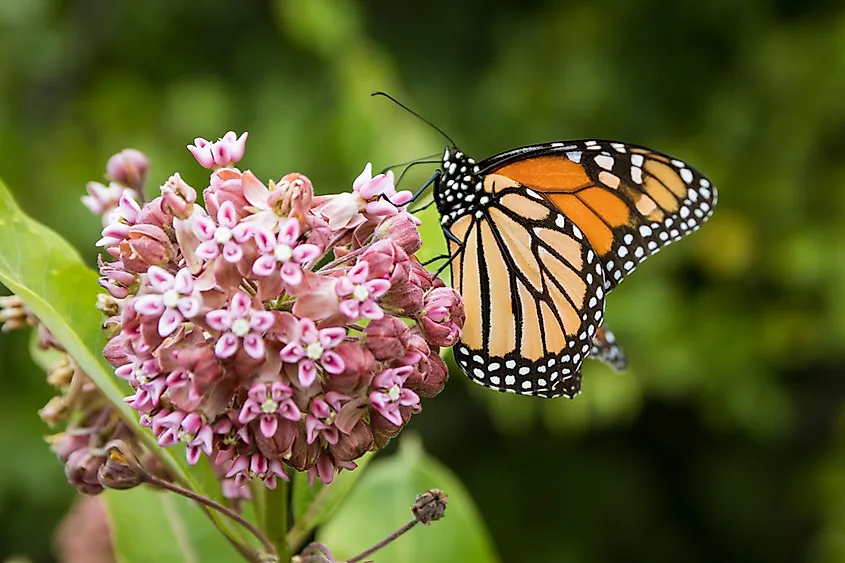
Some relationships appear to function through commensalism, but further examinations reveal subtle benefits to both parties instead of just one, such as between the Milkweed plant and the North American Monarch Butterfly. This plant, the milkweed, produces cardiac glycoside compounds, which are toxic substances that serve as a formidable deterrent to many herbivorous vertebrates. The larvae of the monarch butterflies specifically seek out these plants to inhabit and consume. Through a biological adaptation, these caterpillars can assimilate the toxic chemicals without detriment, effectively using them as a defense mechanism against potential predators. As the larvae metamorphose into adult butterflies, they retain the milkweed's toxins within their tissues, making them unpalatable to birds and other predators. However, milkweed plants benefit from their relationship with monarch butterflies through pollination by adult butterflies, an indirect aid in seed dispersal, and a prompting of defense mechanisms due to moderate herbivory by monarch caterpillars. Therefore, this is a prime example of a relationship that appears to be commensalism but is actually just symbiotic.
These relationships often depend on a certain, unconscious, 'mutual respect' that has developed over countless millennia: this balance reveals that nature is not always 'kill-on-sight.' There are countless other examples of two lifeforms working together in a capacity that harms neither but benefits one, such as a bird making a nest in a tree (the exceptions are 'woodpecker' species). If we even look at ourselves, humans have commensal relationships with bacteria strains and mites that neither harm nor help us. Perhaps, over the next few million years, more of these fascinating relationships will develop between pre-existing or even brand-new species of organisms.











